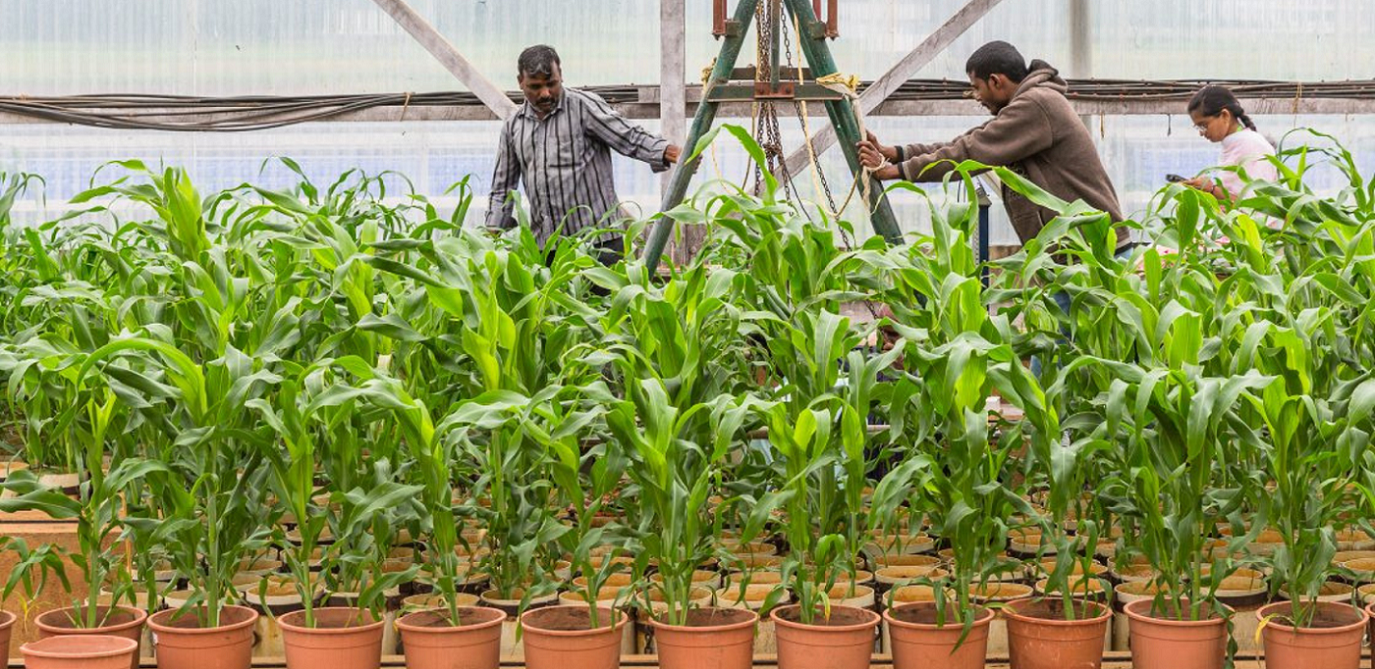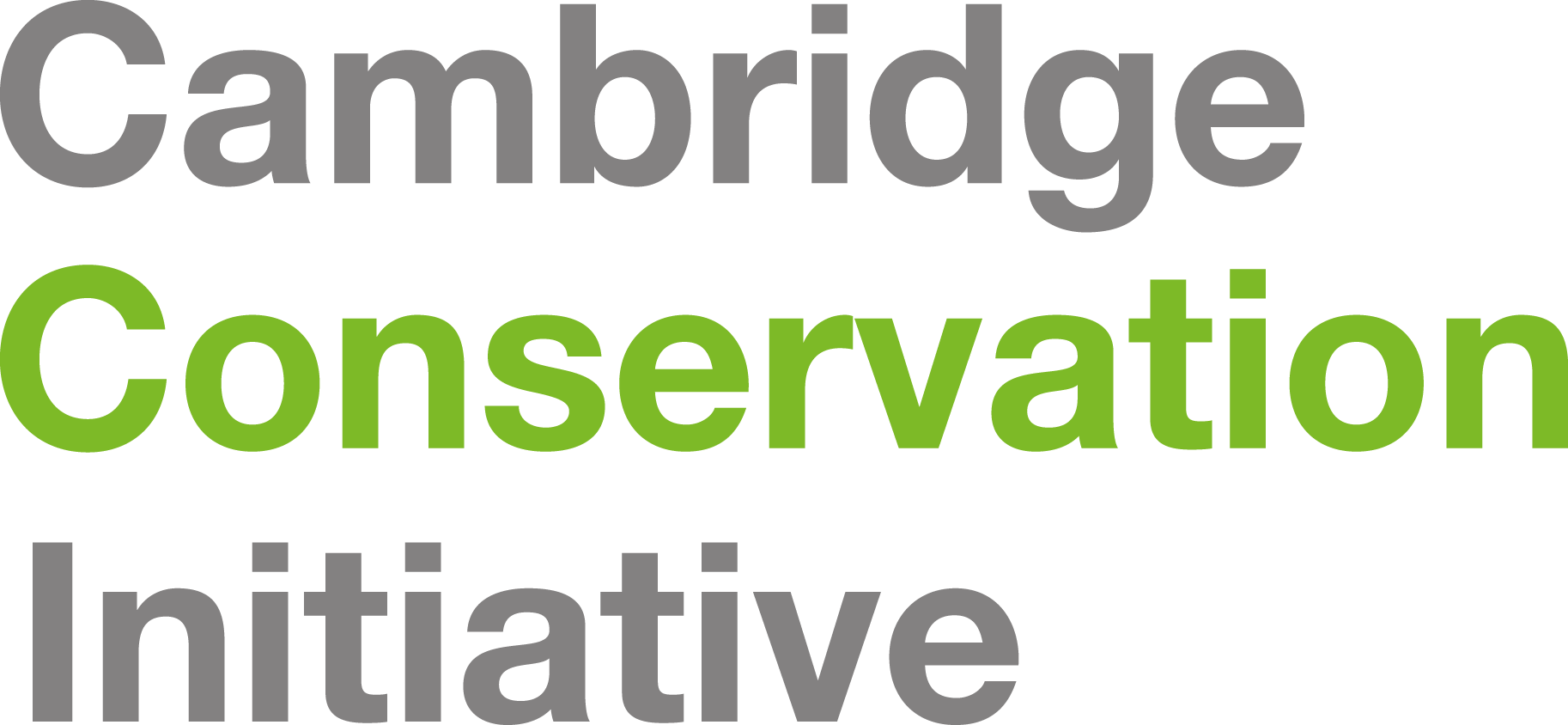At the CRI, we believe that knowledge should be shared and translated into tangible actions.
Find out more about our past research collaborations by clicking the links below.
The project integrates natural capital assessment into TESSA, developing a methodology to evaluate specific sites. This forms an asset register examining extent and condition. Natural capital's value can be monetary, quantitative, or qualitative, denoting relative importance. The project doesn't assign economic values. The asset register gauges asset health and site capacity for sustainable benefits, including ecosystem services.
Ellie Tew aids Forestry Commission in forward planning. Land management traditionally prioritized specific benefits like food or timber, neglecting other crucial ones such as clean water, climate regulation, and recreation. Achieving a sustainable future requires holistic land management, considering all benefits. Ellie's interdisciplinary PhD assessed how forest management provides diverse ecosystem services. Collaboration across disciplines and with Forestry England enriched her research. Her results now influence forestry practices through funding from NERC.
Cambridge Conservation Research Institute delves into interventions targeting forest loss reversal. COP21 climate agreement's relevance prompts social-environmental research. Quantifying intervention performance across conservation, agriculture intensification, and integrated goals is a focus. Recognizing the link between forest protection and farm-based improvements is pivotal for successful conservation. Research spans pan-tropical regions, leveraging interdisciplinary expertise for comprehensive analysis.
Natural capital, a nascent conservation field, reveals nature's role in human wellbeing. Approaches aim to influence decisions, policies, investments for biodiversity protection. Innovative methods assess biodiversity and ecosystem value. Success seen in small-scale case studies, but scaling up remains challenging. Project leverages interdisciplinary research, seeks methods for effective natural capital governance. Aims to empower actors to base decisions on ecological quality and societal wellbeing.
There is growing recognition that a holistic understanding of human wellbeing and poverty requires the consideration of the environment and natural resources. SDG 1 aims to eradicate all forms of poverty globally, and explicitly mentions the need to provide equal access to, and control over, natural resources, and to reduce the exposure and vulnerability of the poor to climatic and environmental hazards. Despite this, environment and natural resources remain a missing dimension.
Natural Capital and Biodiversity: Benefits and Challenges
Natural capital, encompassing air, water, and biodiversity, provides benefits known as ecosystem services. Biodiversity, essential for products and services, holds intrinsic value. While natural capital highlights nature's economic importance, assessing it often overlooks complex genetic, species, and ecosystem connections. Some biodiversity values defy measurement in economic terms, focusing on intrinsic value and ethical considerations. The 'stock' of species and habitats is central, transcending immediate benefits.
Biodiversity, Nature and the UN Sustainable Development Goals
Sustainable Development Goals (SDGs) & Biodiversity: Challenges & Solutions: 169 targets and 232 indicators demand integrated approach. Conservationists explore their contribution to SDGs. CCI's 'Unusual Suspects' project assesses initiatives, self-reporting, and literature. Online tool development and synthesis planned for mainstreaming biodiversity into SDG-aligned sectors.










